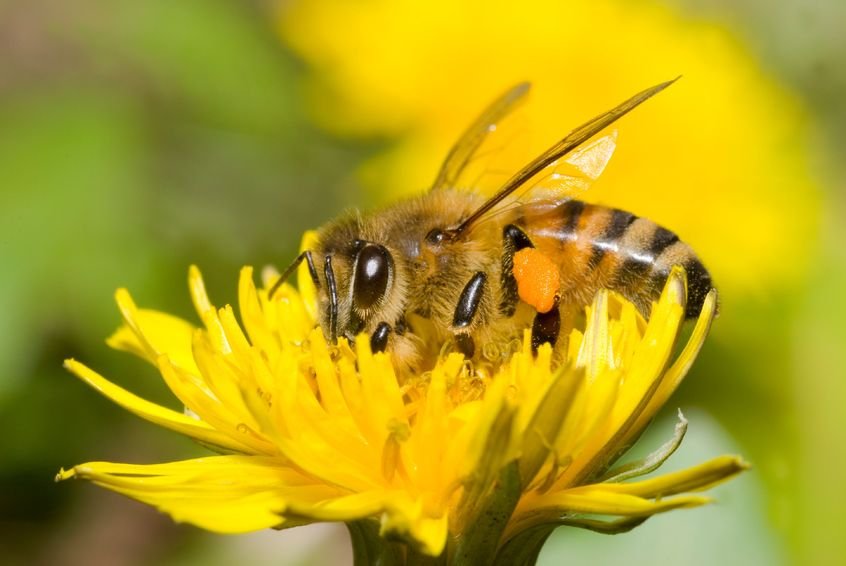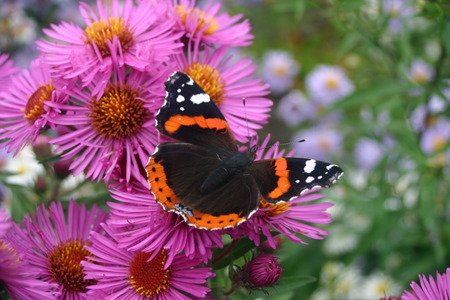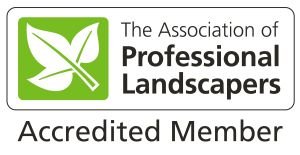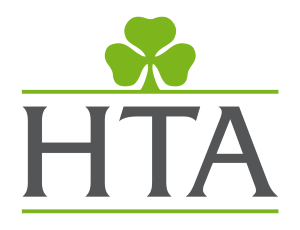
Insects Are The Gardener’s Friend
Many people may not automatically think of some insects as the gardener’s friend but actually, ladybirds, lacewings, beetles and hoverflies feed on aphids and other smaller insect pests that otherwise can cause havoc in our gardens. Similarly, bumblebees and solitary wasps also devour unwanted garden visitors and many of these insects are great pollinators, helping our gardens to grow and reproduce naturally.
Other groups, such as butterflies and dragonflies, are attractive and graceful and bring a welcome splash of colour to our gardens. Less conventionally glamourous insects, such as the daddy long-legs and bee fly are not only harmless but also attract more birds to your garden to feed on their larvae and young adults.

Insects In Decline
There is evidence that the population of bees and butterflies and other “helpful” insects are now less healthy and are in decline. This is an important issue as a reduction in these pollinators is a serious long-term threat to food production and also to ornamental flowers. Many plants species can only reproduce when bees and other pollinators spread their pollen from one flower to another.
So what’s causing this decline? Whilst there’s no definitive single answer to this question, there are three major contributory factors. Firstly, increased urbanisation has resulted in the destruction of natural habitats. Secondly, a side effect of using pesticides to protect crops may often also result in the elimination of potential food plants and prey species on which many of these insects rely. Thirdly, with the need to produce food crops, the natural variety of different plants has diminished, with dramatic consequences to certain insect species. Fourthly, particularly in the honeybee community, virulent parasitic mites and disease have had a dramatic effect on numbers, often wiping out whole colonies.
What Can We Do To Help?
In our gardens, we can create the right conditions for these insects to feed, breed and shelter naturally.
Throughout the season…
Firstly, we need to ensure our gardens have a diverse range of flowering plants and shrubs throughout the season. We need to consider the flight period for each species but as a rule of thumb, we are looking to establish large sources of nectar both earlier and later in the year. Good choices are biennial and perennial plants and, ideally, in a large south-facing border. This will naturally be warmer and usually encourages improved fruiting and increased flowering of plants.
Introduce a few small trees like hazel, holly and pussy willow, as these help feed bees at different times of the year. In the autumn months, ivy is a key food so resist cutting it back until after it has finished flowering. In the barren months, colourful heathers and crocuses serve up a great source of food.

Different Shapes and Sizes…
A range of different shaped flowers is also a good idea. Insects need somewhere to shelter and feed, hunt for prey and seek a mate and different species require different plants. For example, tongue length differs widely across bee species and therefore different flowers appeal to each group. Clovers, honeysuckle, and brambles along with single petal flowering plants, usually richer in nectar, are particularly attractive to bees, whilst hoverflies prefer flat-headed flowers, such as daises and yarrow.
Fruit and Veg…
Don’t forget the vegetable patch! Grow some French beans, aubergines, onions and peppers and you’ll host an insect dinner party. Add some fruit trees, especially apples, pears, plums, blackberries, strawberries or raspberries and you’ll have the most popular garden around for miles! In late summer, butterflies, such as the red admiral and the painted lady, will feed from fruit juices in fallen over-ripe pears, plums and apples.
Basking and Breeding…
Create warm patches of bare earth, perhaps in a sheltered border around your lawn, so that insects can bask and hunt for prey. Solitary bees and wasps like to burrow into these areas and an uncluttered south-facing embankment makes an attractive den for nesting.
Whilst it may sound counter-intuitive, assign an area of the garden where you deliberately keep and encourage dead vegetation, leaf litter and log piles as these make excellent hibernation and breeding grounds, particularly for ladybirds. Likewise, keep some dead stems for larvae and also ensure the availability of hollow stems of herbaceous plants such as buddleia, for example. On your external walls, you’ll find that insects are attracted by holes in the mortar, so before you re-point every nook and cranny, leave a couple of small holes untouched where practical and safe.

Create a mini wildflower area
Consider removing aphids by hand and resist the temptation to use pesticides where possible. Ideally let some of your lawn grow longer to give pollinators a place to feed and shelter amongst the grasses or ideally create mini wildflower area . One way to increase butterfly numbers dramatically is to consider their needs at the caterpillar stage. Mixed grasses grown in a wildflower meadow will host the largest variety of caterpillar including Meadow Brown, Marbled White, and Small Skipper whilst large clumps of stinging nettles in a sunny position will attract the Peacock, Red Admiral and Small Tortoiseshell. The Painted Lady likes thistles, Cabbage Whites like cabbages and the Small Copper likes Docks and sorrels. A water feature or wilder pond area are ideal for attracting dragonflies.

Become a Beekeeper…
Finally; why not consider becoming a beekeeper and supporting your own hive? Apart from the satisfaction of helping the environment, there’s all that natural tasty honey to savour! Fortunately, there are a lot of good books and local assistance to help you. The ex-BBC Breakfast presenter and current Classic FM DJ, Bill Turnbull, has written “Confessions of a Bad Beekeeper” which has proved a popular choice and why not join Oxfordshire Beekeepers Association (OBKA), who, with John Craven as president, provide an educational programme for anyone interested in becoming a beekeeper.
In conclusion, by planning your garden to help bees, butterflies and other useful insects, you’ll also have a more colourful and more interesting garden that will attract more birds and wildlife, help support our dwindling ecosystem, and give you more variety and pleasure over the years!
So, if we can help you with your next garden design project, please feel free to contact us! Contact Jo or George on 01491 280447 or email info@greenart.co.uk.








